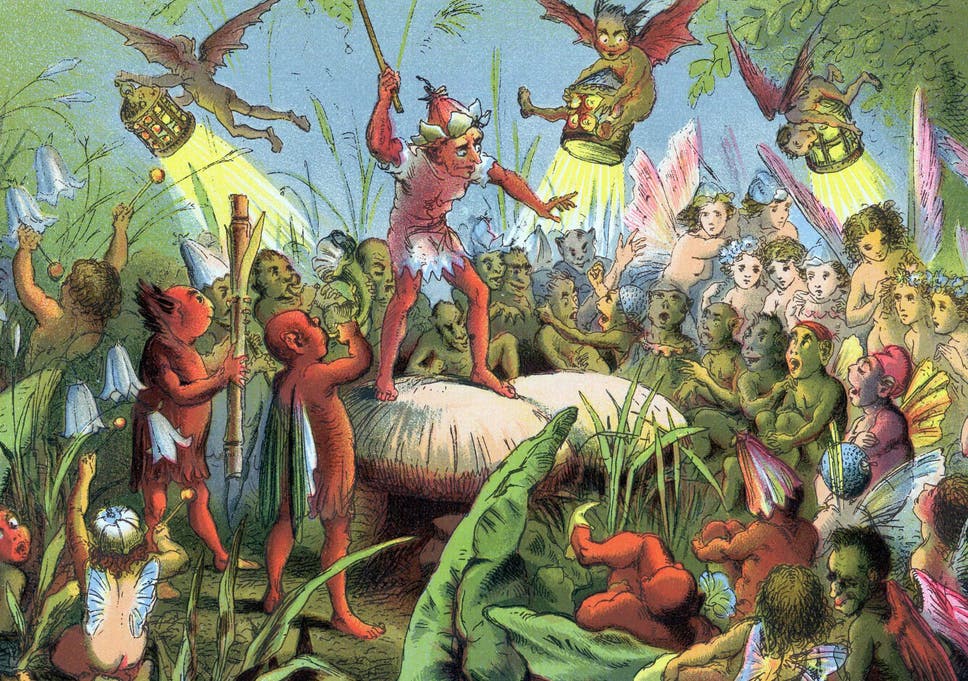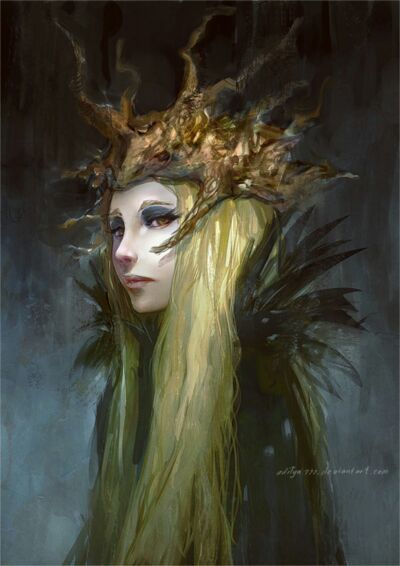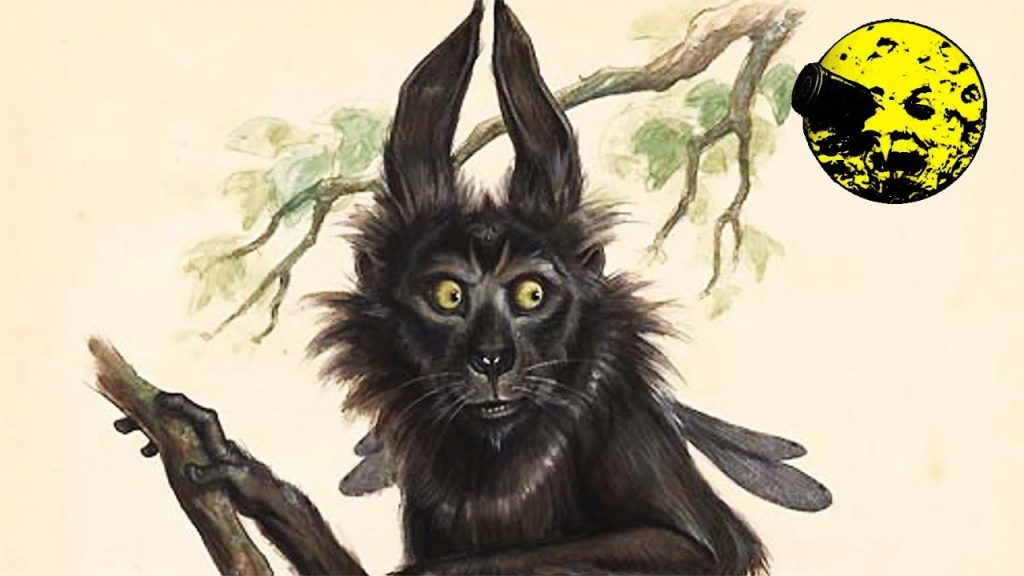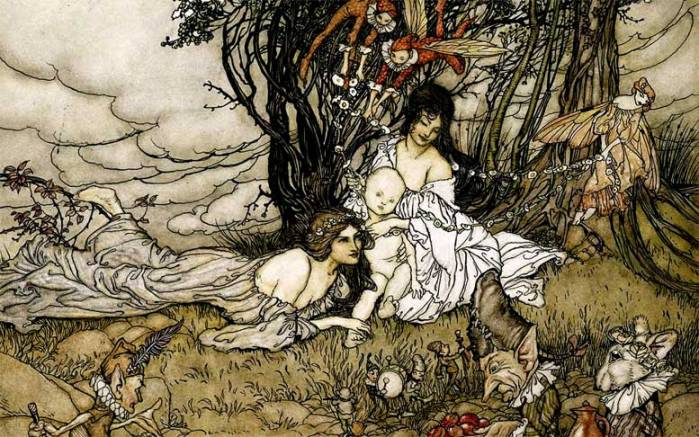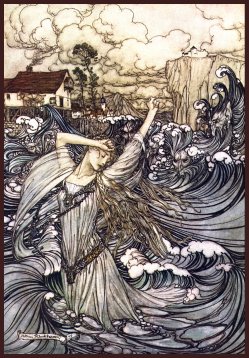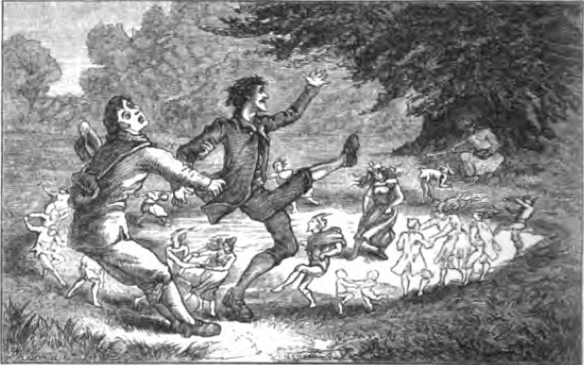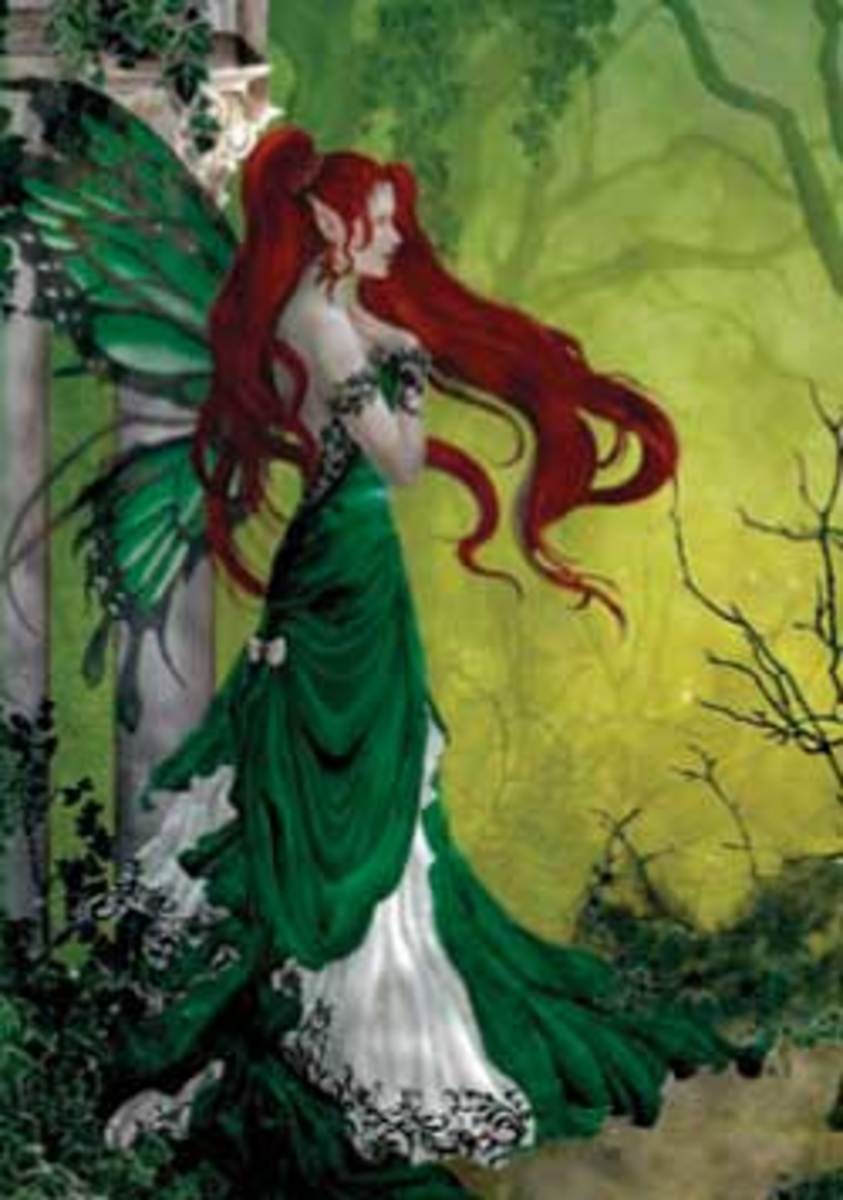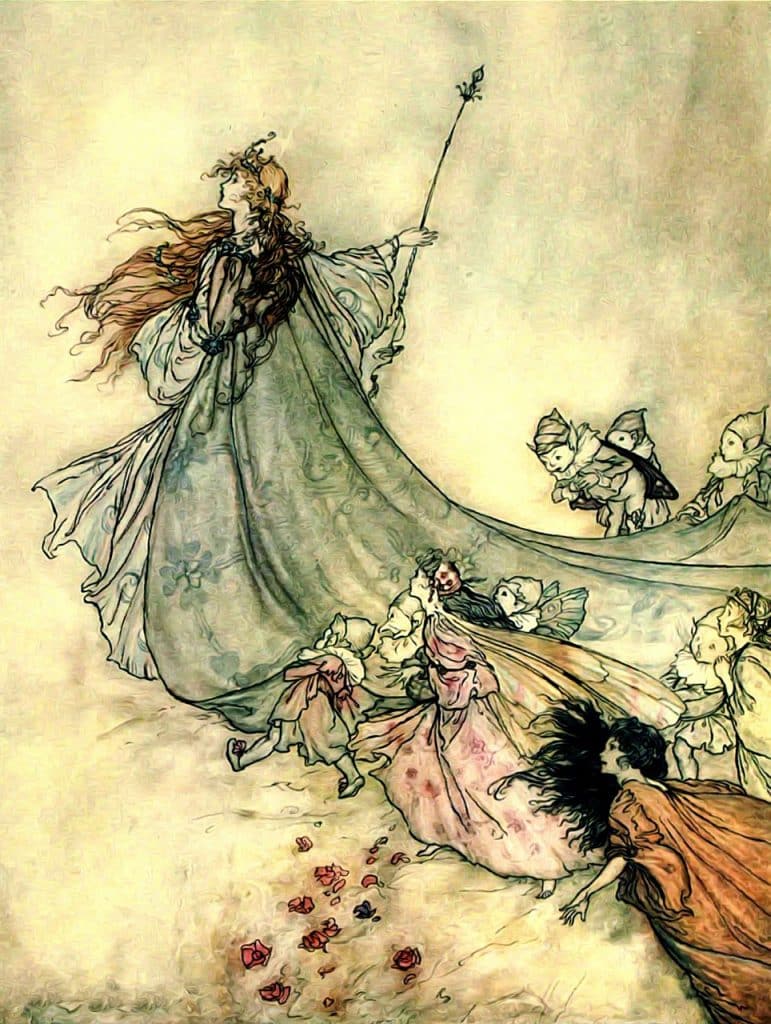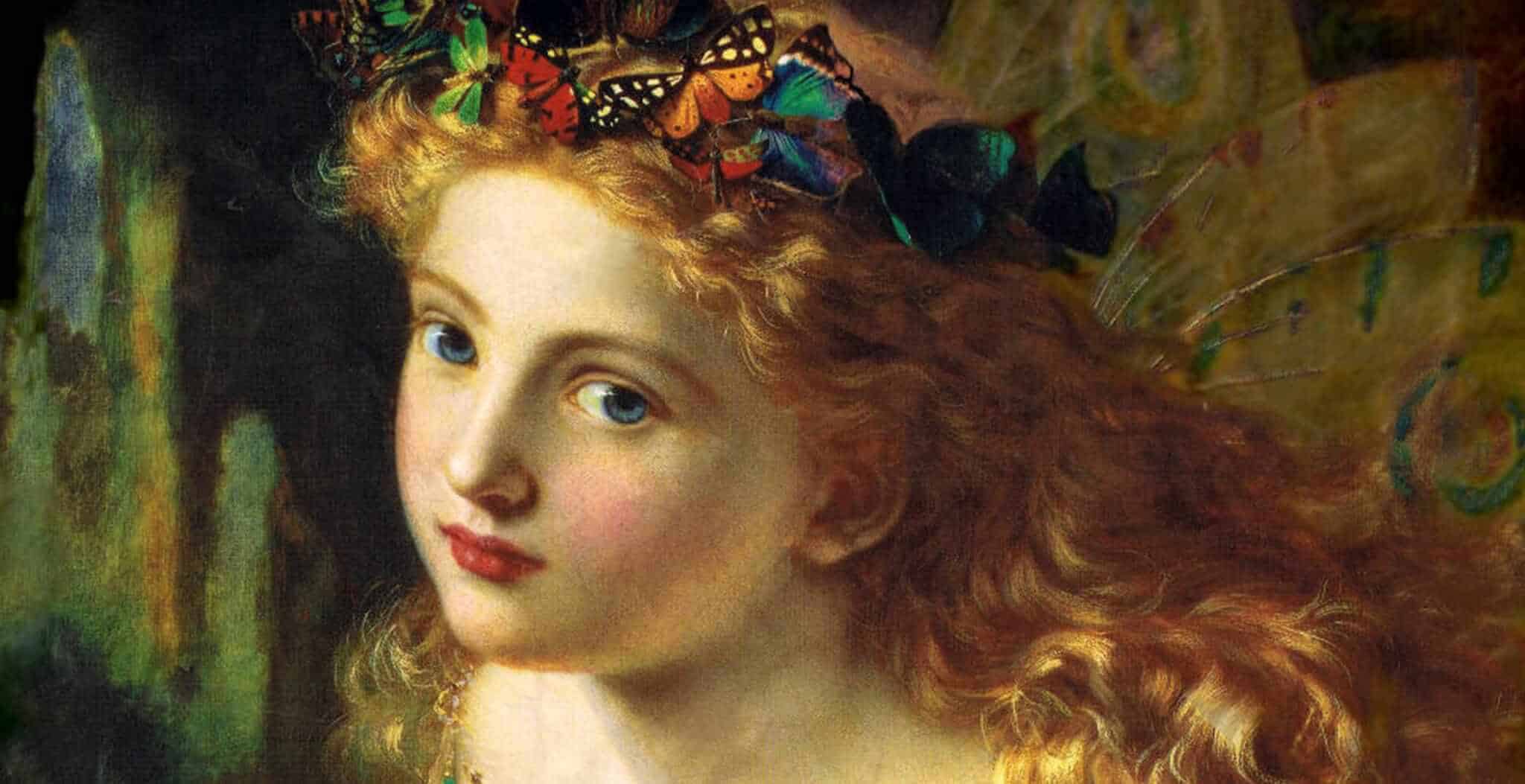(Kostenlos) Fae Irish Folklore
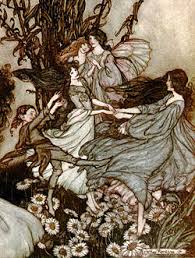
A fairy also fay fae fair folk is a type of mythical being or legendary creature found in the folklore of multiple european cultures including celtic slavic german english and french folklore a form of spirit often described as metaphysical supernatural or preternatural.
Fae irish folklore. The scottish words are ban sith bean shith and bean sith. They are said to be souls waiting to be reborn on earth. It takes the form of a spectral horseman clad in a black cloak. The dullahan is an irish fairy most active in rural parts of counties sligo and down and can usually be spotted around midnight on feast days or festivals. According to irish folklore butterflies are said to move between worlds and bring messages and warnings. Myths and stories about fairies do not have a single origin but are rather a collection of folk beliefs from. It wasn t uncommon for a tale to relate the story of a human being who got too daring with the fae and ultimately paid their price for his or her curiosity.
It is commonly used to refer to faeries. This is the gaelic term for a burial mound and in ireland. This is also the case for a person seeking to marry. It was only in later irish and scottish gaelic folklore traditions that banshee came to mean a female wraith or spirit whose keening presages the death of person s in the household. As a diminutive sprite commonly in the shape of a. The first is that a couple who cannot conceive can visit the rath at certain times of the year and ask the fairies for help. Fairy also spelled faerie or faery a mythical being of folklore and romance usually having magic powers and dwelling on earth in close relationship with humans.
For many pagans beltane is traditionally a time when the veil between our world and that of the fae is thin. The manx form is ben shee. It can appear as a dwarf creature typically having green clothes and hair living underground or in stone heaps and characteristically exercising magic powers to benevolent ends. I am a young irish woman who enjoys writing about dogs folklore and legends. You will often hear the term daoine sidhe pronounced deenee shee meaning faerie folk mentioned in these parts. In many gaelic tales the aos sí are later literary versions of the tuatha dé danann people of the goddess danu the deities and deified ancestors of irish mythology some sources describe them as the survivors of the tuatha dé danann who retreated into the otherworld when fleeing the mortal sons of míl espáine who like many other early invaders of ireland came. In most european folktales the fae kept to themselves unless they wanted something from their human neighbors.
In irish gaelic it could be spelt as banshie bean sidhe and ben side. Irish mythology legendry and folklore claim the faeries live under these mounds so the term sídhe has come to mean faerie in general but it more properly refers to the palaces courts halls and residences of the faeries.
















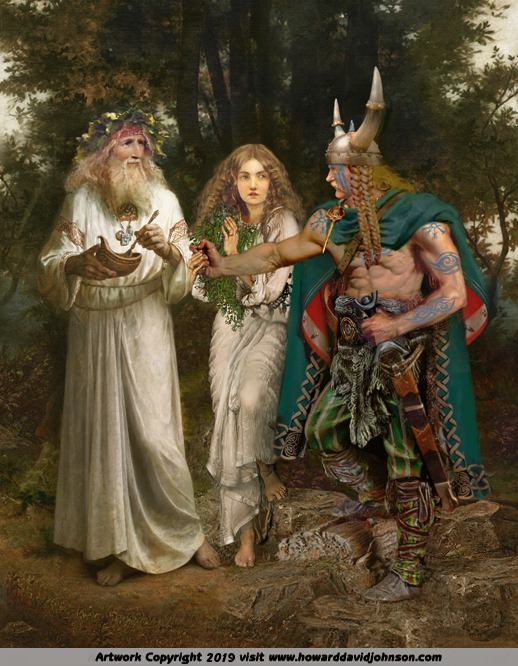


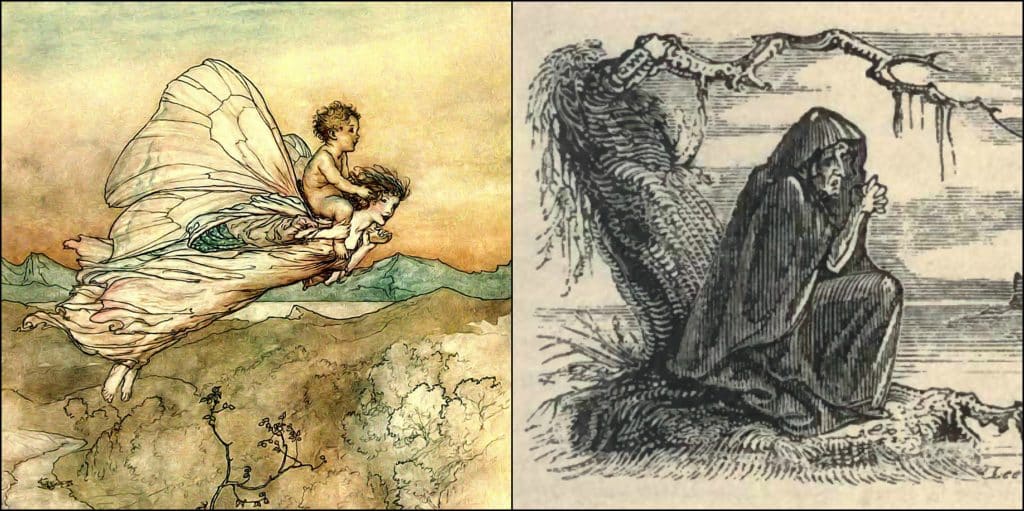







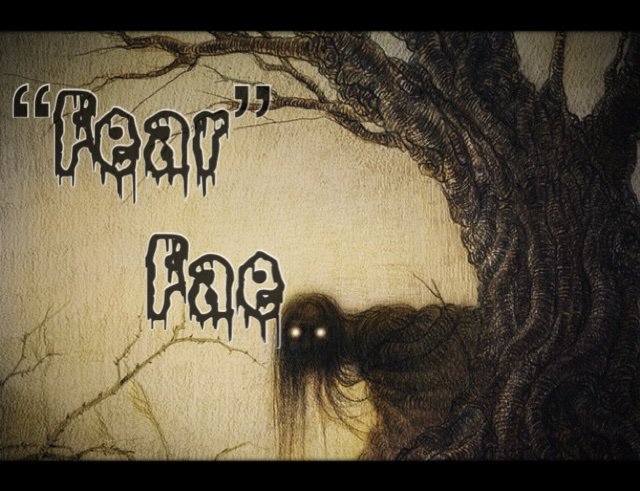
:max_bytes(150000):strip_icc()/fairy-water-nymph-sitting-at-the-pond-498571839-5c1f9896c9e77c000120c11b.jpg)

/a-girl-in-fairy-costume-running-and-thowing-grass-107850678-5c1f96b846e0fb0001aec538.jpg)
